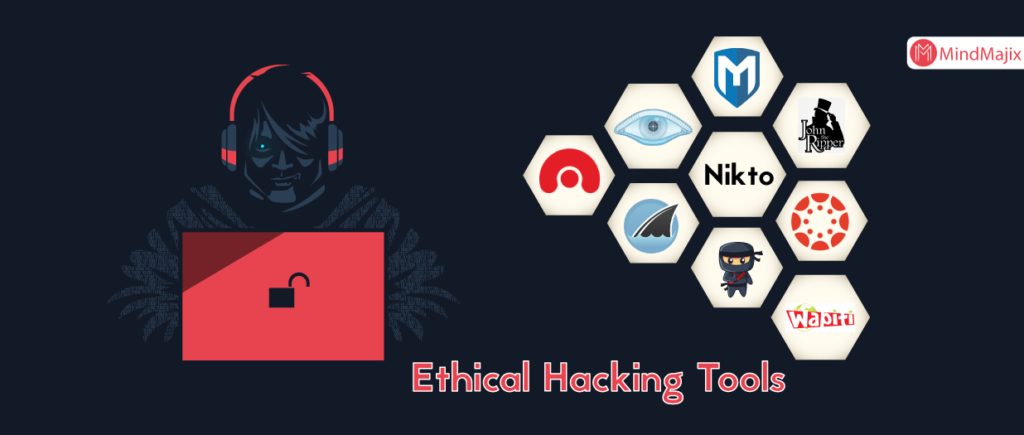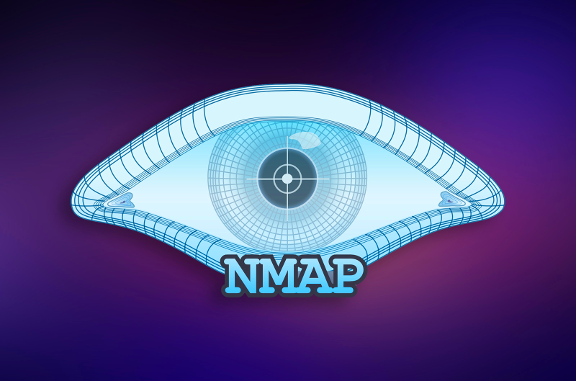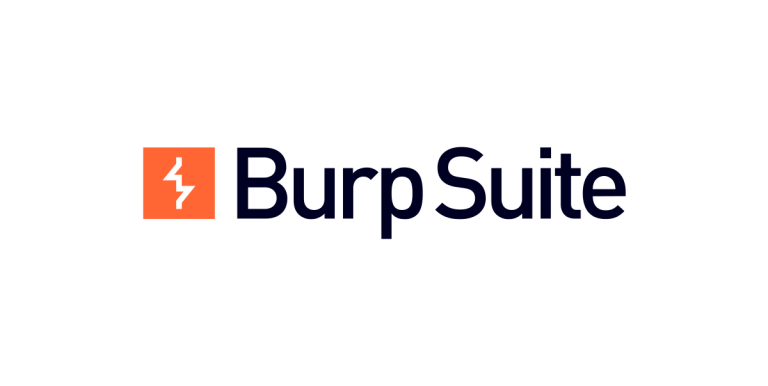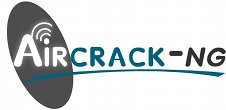
Essential Tools for Ethical Hacking:
In this article, we’ll review some of the main tools of ethical hacking, covering different areas of cybersecurity, from network scanning to penetration testing. These tools of ethical hacking enable ethical hackers uncover potential flaws and increase the overall security of systems. Utilizing various tools of ethical hacking can significantly enhance the effectiveness of security measures.
In order to protect networks, systems, and applications from malevolent cyberattacks, ethical hacking is essential. To find weaknesses and strengthen security, ethical hackers, often known as “white-hat” hackers, employ a range of instruments. These tools of ethical hacking are made to find vulnerabilities, exploit them in a safe setting, and assist companies in fixing those vulnerabilities before malevolent hackers may exploit them.
1. Nmap (Network Mapper)

One of the most popular tools of ethical hacking and security auditing is Nmap. It enables network scanning by ethical hackers to find hosts, services, and security holes that an attacker could exploit.
Key Features:
- Host Discovery: Identifies which devices are on a network.
- Port Scanning: Identifies a system’s open ports, which may be possible access points.
- Service version Detection: Helps identify out-of-date or vulnerable software by identifying the versions of services that are operating on a network.
Use Cases:
- Mapping out networks and identifying active devices.
- Scanning for open ports that could be susceptible to attack.
2. Wireshark

A potent packet-sniffing tools of ethical hacking and examining network traffic is Wireshark. It enables ethical hackers to examine the data moving over a network and has the ability to capture packets in real time. For spotting security flaws like malicious packets or unencrypted data transfers, Wireshark is essential.
Key Features:
- Traffic Analysis: Captures and analyzes network traffic to uncover vulnerabilities in communication protocols.
- Deep Packet Inspection: Allows you to view the raw data in packets to spot suspicious or unauthorized activities.
- Filter Capabilities: Wireshark supports advanced filtering techniques to focus on specific types of traffic or issues.
Use Cases:
- Analyzing network traffic to detect unauthorized access.
- Investigating network anomalies, such as unusual spikes in traffic or packet floods.
3. Metasploit Framework

Metasploit is one of the most famous tools for penetration testing and exploitation. It provides a comprehensive platform to develop and execute exploit code against remote target machines. Ethical hackers use Metasploit to simulate attacks and test the security of their systems.
Key Features:
- Exploit Modules: Includes a wide array of exploits for various systems and applications.
- Payload Generation: Allows the creation of custom payloads to execute commands remotely on compromised systems.
- Auxiliary Modules: Provides additional features for scanning, enumeration, and post-exploitation tasks.
Use Cases:
- Testing system vulnerabilities by simulating real-world attacks.
4. Burp Suite

One well-liked integrated platform for assessing the security of online applications is Burp Suite. It contains a number of tools, such as scanning, crawling, and mapping capabilities, that assist ethical hackers in identifying and taking advantage of weaknesses in web applications.
Key Features:
- Proxy: Allows the user to intercept and analyze HTTP/S requests between the client and server.
- Scanner: Automatically scans web applications for security flaws like SQL injection, XSS, and CSRF.
- Intruder: A tool for automated brute-force and fuzz testing.
Use Cases:
- Performing vulnerability assessments on web applications.
- Testing for common web application vulnerabilities such as Cross-Site Scripting (XSS) or SQL injection.
5.Aircrack-ng

A set of tools called Aircrack-ng is used to test the security of wireless networks. Its main goal is to decrypt wireless networks using WEP and WPA-PSK encryption. Ethical hackers verify the robustness of encryption algorithms and evaluate the security of Wi-Fi networks using these tools.
Key Features:
- Packet Sniffer: Captures packets from a wireless network.
- Cracking Tool: Decodes encrypted passwords for WEP and WPA networks.
- Injection Tools: Allows testing of network robustness through packet injection.
Use Cases:
- Testing the strength of Wi-Fi encryption (WEP, WPA).
- Cracking weak Wi-Fi passwords to assess network security.
6. John the Ripper

john the Ripper is a powerful password-cracking tool that is widely used to identify weak passwords. It supports a variety of password hashing algorithms and can test the strength of password hashes obtained from various sources, such as operating systems or databases.
Key Features:
- Cracking Password Hashes: Supports various algorithms such as DES, MD5, and SHA.
- Wordlist and Dictionary Attacks: Can perform brute-force attacks and use custom wordlists to crack passwords.
- Distributed Cracking: Supports distributed cracking for faster results.
Use Cases:
- Cracking password hashes to assess password strength.
- Identifying weak password practices across systems or applications.